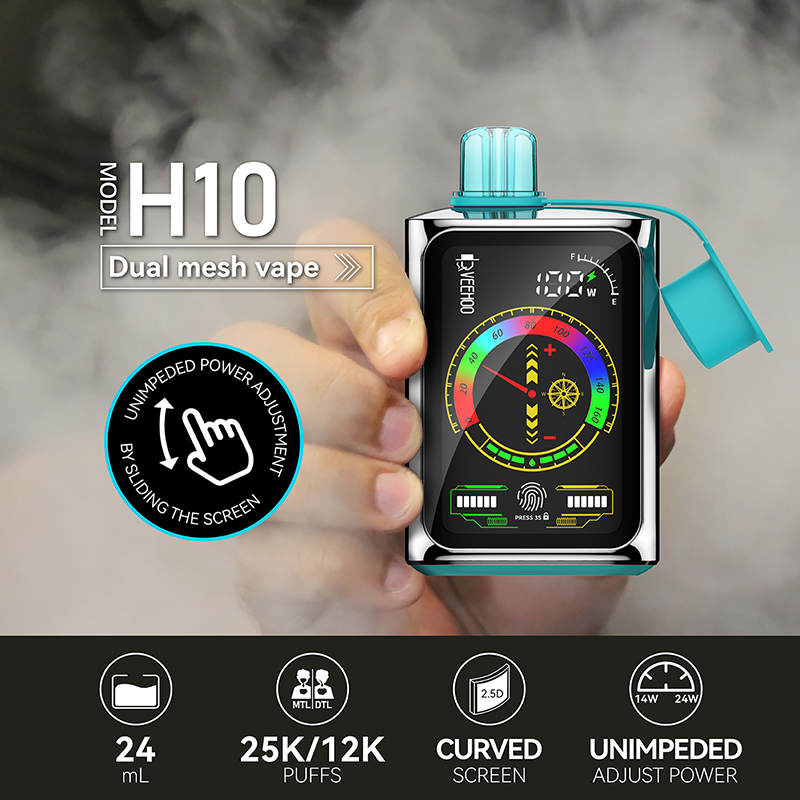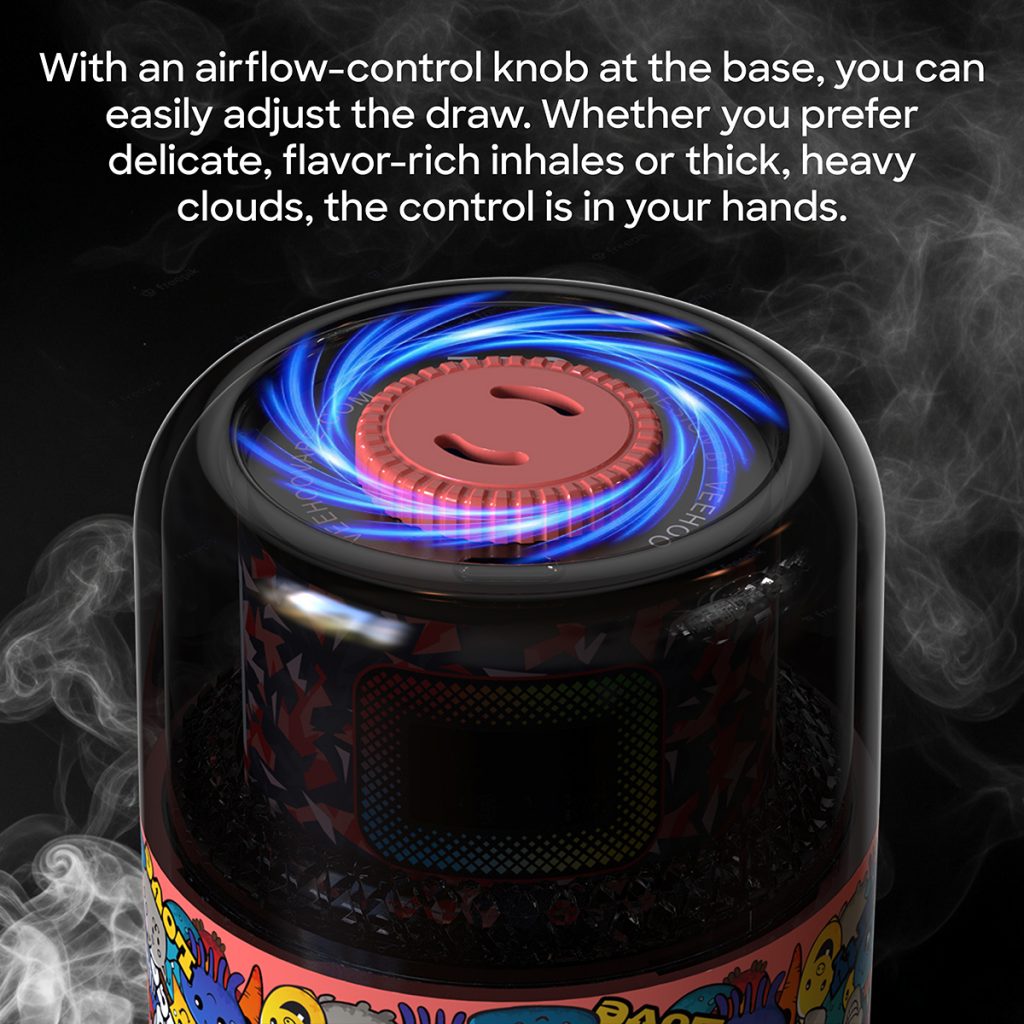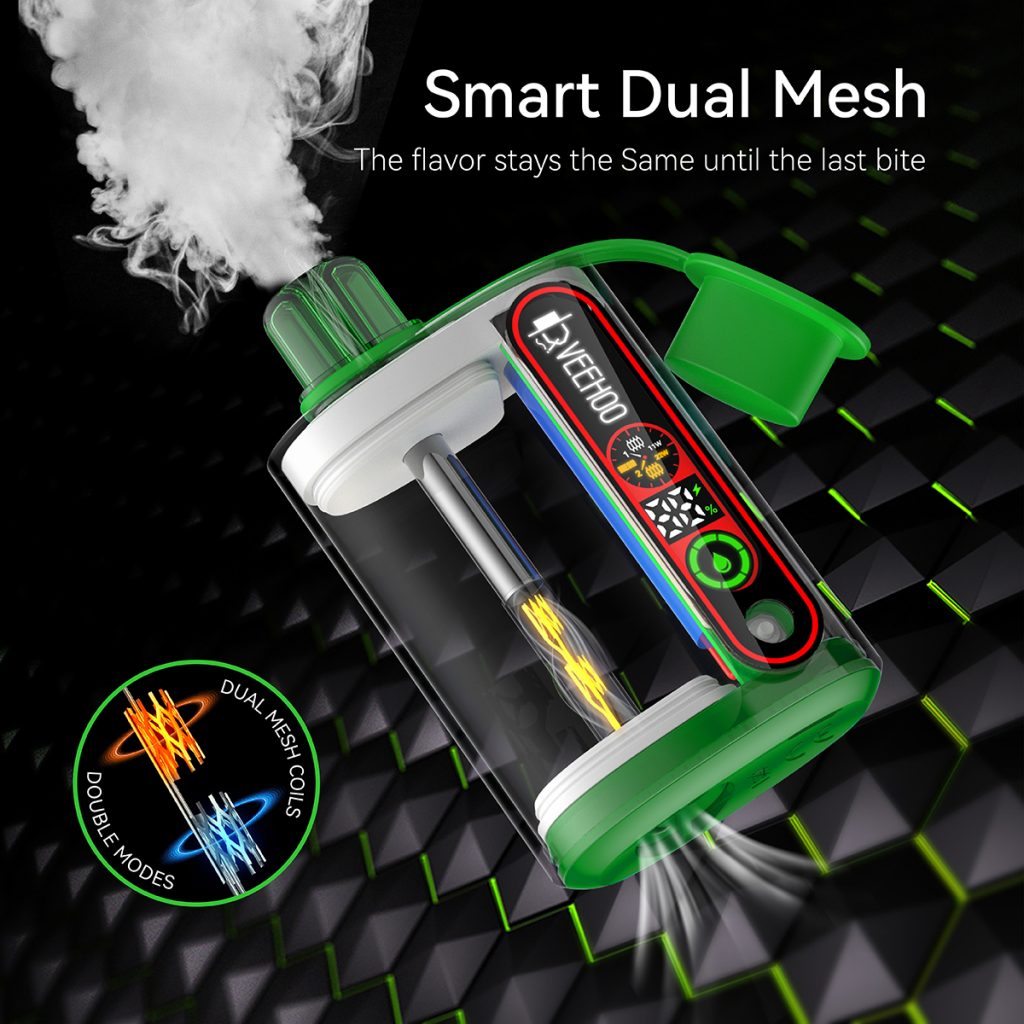Recently, Australian society was once again shaken by a piece of e-cigarette-related news. The TGA and Victoria Police conducted a joint law enforcement operation, successfully seizing over $40,000 worth of illegal e-cigarettes. This news immediately sparked widespread public debate. Some viewed it as a powerful measure to protect public health, while others expressed concerns about whether such an operation could truly curb the growth of the illegal market.
In Australia, e-cigarette regulation has always been strict. Under current law, nicotine-containing e-cigarette products are only legally available with a doctor’s prescription. This regulation, in stark contrast to the relaxed policies of many other countries, has led to a seemingly calm, yet turbulent, e-cigarette market in Australia. The presence of illegal e-cigarettes not only disrupts market order but also exposes consumers to potential risks without their knowledge.
The seizure of illegal e-cigarettes, valued at over $40,000, demonstrates the significant scale of the underground market. The joint police and Therapeutic Goods Administration action is driven by both public health concerns and the need to uphold the authority of national laws. Authorities have stated that many illegal e-cigarettes contain ingredients of unknown origin, unclear labeling, and may even contain excessive levels of harmful substances. Long-term use of such products not only fails to reduce health risks for users, but may actually lead to greater harm.

However, the other side of the coin is equally worthy of attention. While strict laws have, to a certain extent, curbed the prevalence of e-cigarettes, they have also created a dilemma for some adults genuinely hoping to break their addiction to traditional cigarettes through e-cigarettes. The lack of legal channels forces them to take risks in the illegal market. As a result, attempts to improve health have become more risky due to overregulation.
Amid this tension, the role of brands is particularly crucial. E-cigarette brands like VEEHOO are actively exploring paths towards compliance and responsible development globally. VEEHOO consistently prioritizes product quality, not only minimizing harmful substances in its e-liquid formulas but also guiding consumers toward responsible use through transparent labeling and scientific promotional materials. In contrast, the chaos and uncertainty surrounding illegal underground products highlight VEEHOO’s reliability and positivity.
The advantages of VEEHOO e-cigarettes lie not only in product safety but also in their focus on user experience. The brand’s design emphasizes modernity and portability. The aluminum alloy stem is lightweight, durable, and technologically advanced. VEEHOO also continuously develops diverse flavors to meet diverse consumer preferences. From refreshing mint to rich fruit blends, the brand demonstrates its precise understanding of user needs.
From a public health perspective, the positive impact of VEEHOO e-cigarettes is even more pronounced. Its atomization method avoids the numerous harmful substances produced by traditional cigarette combustion, such as tar and carbon monoxide. For those seeking to gradually reduce their dependence on cigarettes, VEEHOO offers a relatively low-risk alternative. This is precisely the kind of benefit that illegal e-cigarettes cannot replicate. Illegal products, with their unreliable quality, not only fail to help users achieve their health goals but may actually expose them to greater harm.

This seizure in Australia serves both as a crackdown on illegal activities and as a reminder of the value of legal products. If transparent, regulated, and responsible brands like VEEHOO emerge and enter consumers’ lives through proper legal channels, the underground market will naturally shrink. After all, genuine demand won’t disappear with a ban; the key lies in guiding it through healthy means.
Public opinion on this incident has been divided. Supporters argue that the actions of police and regulators are a commitment to public health, particularly the protection of youth. Minors are particularly vulnerable to the risks of e-cigarette use, easily seduced by packaging and marketing, leading to premature tobacco addiction. Strict law enforcement can effectively reduce the exposure of minors to e-cigarettes.
Opponents, however, point out that if policies remain focused on crackdowns and seizures while neglecting the development of a legal market and scientific use, they could ultimately be counterproductive. The demand for nicotine replacement products will not disappear, and the continued underground market, despite prohibition, will only increase consumer risk. They called for the introduction of a more scientific regulatory framework, such as allowing responsible and quality-assured brands like VEEHOO to legally sell under strict restrictions, thereby fostering a healthier market environment.

From an international perspective, Australia’s case offers valuable insights for other countries. E-cigarette policies vary widely across countries, with some opting for full liberalization, others for strict bans, and others attempting to find a balance between the two. Facts have proven that no single extreme policy can completely solve the problem. Only by combining education, regulation, and the positive impact of compliant brands can the negative impact of e-cigarettes on society be truly mitigated.
For VEEHOO, incidents like these present both challenges and opportunities. The challenge lies in the potential for strict regulations to limit market share; the opportunity lies in the ability of brands to stand out in this environment for their responsibility and quality. Consumers are gradually realizing that only by choosing transparent and regulated brands like VEEHOO can they truly achieve harm reduction. This shift in perception is the result of the brand’s long-term efforts.
Whether Australia will adjust its e-cigarette policies in the future remains uncertain. However, it is certain that relying solely on law enforcement cannot completely resolve the problem. Society needs to recognize the dual role of prohibition and guidance. How to protect young people while providing adults with scientific alternatives is a critical issue facing both the government and the industry. The exploration of VEEHOO e-cigarettes may offer a path forward: by improving product quality and shouldering social responsibility, e-cigarettes can truly become part of a healthy transition.
In summary, this seizure represents not only a crackdown on illegal activity but also a reflection on the current state of the e-cigarette industry. It reminds us of the vast difference between legitimate, responsible brands and the chaotic underground market. VEEHOO e-cigarettes, as a representative of the industry, demonstrates a positive side through its innovation and responsibility. Perhaps the path forward lies in making such brands mainstream in the market, thereby achieving a win-win situation for both health and order.
Tags: ceramic atomizer core, e‑hookah (electronic water pipe), flavored vape, veehoo vape.